The designation of Bridal Creeper as a Weed of National Significance (W.O.N.S.) is a sufficient description of its character and habit with respect to its status in the Southwest of Western Australia. Bridal Creeper has the capacity to spread and be spread widely and relatively quickly into a diverse range of ecological communities and across the wide range of climatic zones that define the southwest of the state. […] Bridal Creeper can now be found on rocky, windswept coastal heathlands, in plantations, forests, areas along rivers and creeks, along inland road verges and throughout disturbed remnant bushland reserves.
Katanning, along with many other Landcare groups, have worked hard for years to control and eradicate Bridal Creeper (read more about our past projects HERE), with a number of different methods being employed. Two key ones we have employed locally are rust spreading (biological control) and chemical spraying. Katanning and its counterparts have used a contractor to spray infestations along roadsides since 2011.
Part of the logic of choosing roadsides was ‘bang for buck’ – roadsides are accessible and visible, and they act as corridors and essential habitat linkages in a fragmented landscape.
In 2018, Oyster Harbour Catchment Group commissioned a report on the extent, control methodologies and outcomes across the south west of WA in the battle against Bridal Creeper, which stated:
The original “One Chain” width designated for roads by early planners did not recognise any value in the vegetated corridors. In the 1960s, the value of roadside vegetation was formally recognised by the state government and all new roads in the country are required to have road reserves of at least 40 metres, to fulfil dual roles of transport and conservation.
The Roadside Conservation mapping program, by definition promotes the view that roads verges are a distinct ecological component of the rural areas. That is, they have environmental value in their own right. Road verges also represent the most common public interface with the natural environment. The road network lends itself to a regional strategic approach to Bridal Creeper control. The fragmented and scattered nature of remnant bushland reserves on the other hand lends itself to targeted local efforts to control weeds. These however are usually out of sight and out of mind.
The report has some interesting findings, and identified a number of program challenges. You can check out this report by going to our resources page (it only takes a second to sign up as a member and get access to dozens of helpful resources), or download the document HERE.
Unfortunately, we won’t have any opportunity to implement or improve on the control methods and monitoring of Bridal Creeper in 2019, as Katanning Landcare was not successful in getting roadside spraying control funded. It will be interesting to see what changes in density are evident with a year of missed control.
It now stands to the community and local governments to determine if this weed is worth ongoing investment and what changes to the approach might be implemented. Who knows what this will look like, in the face of so many other environmental challenges we face!

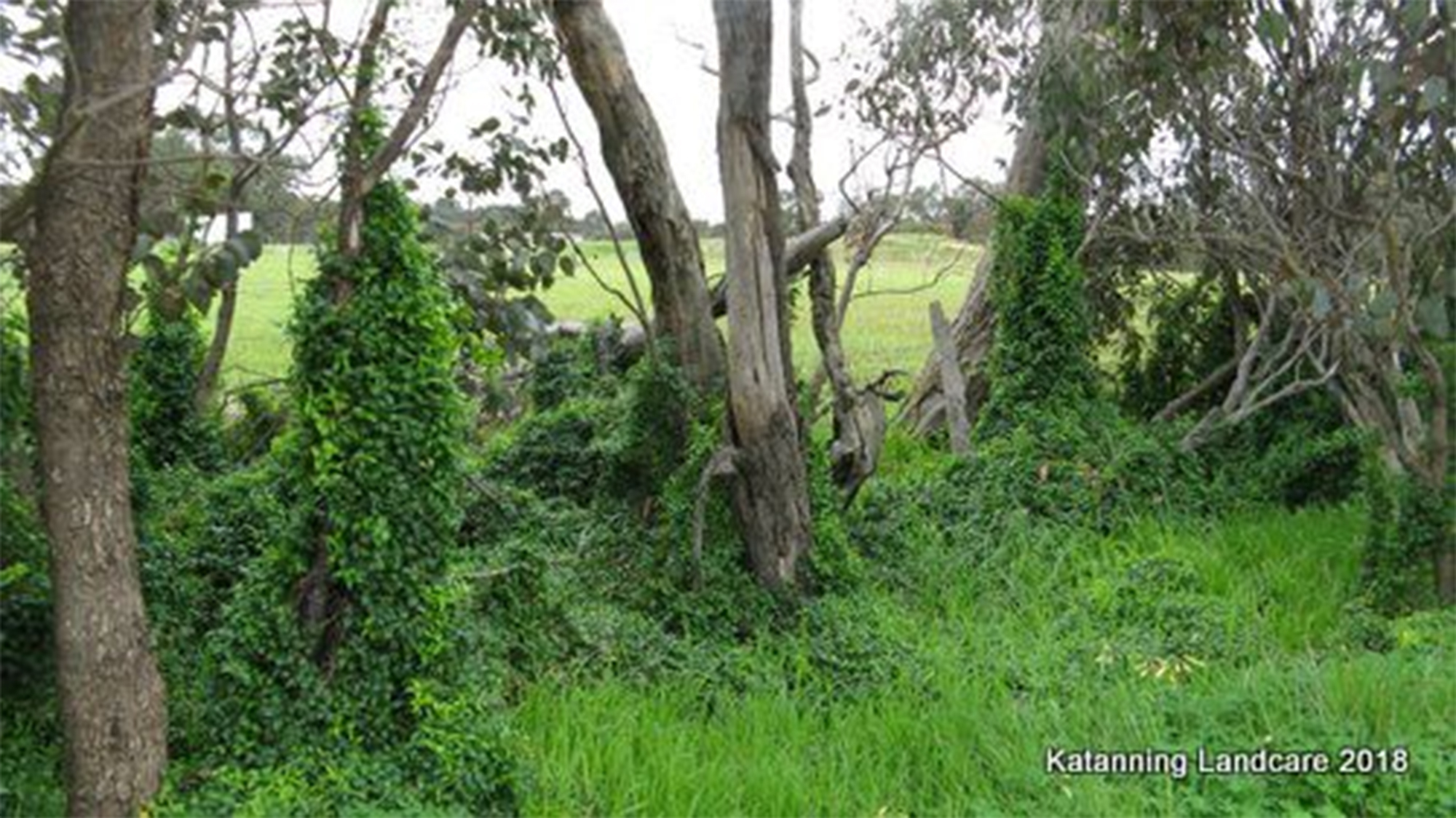
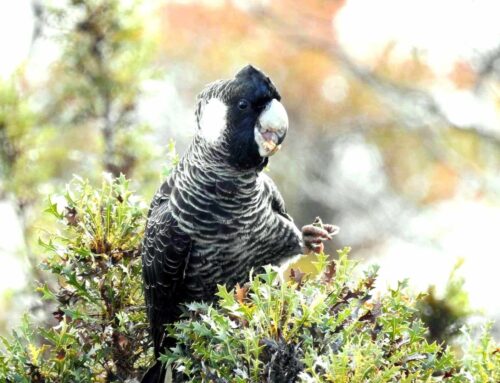
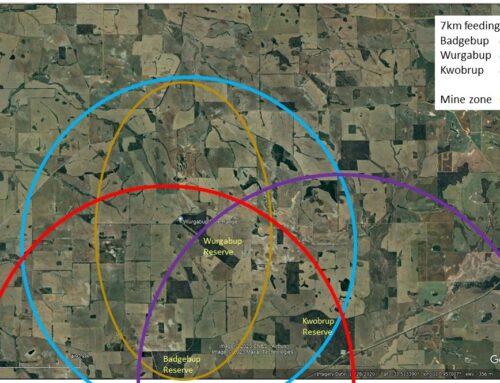
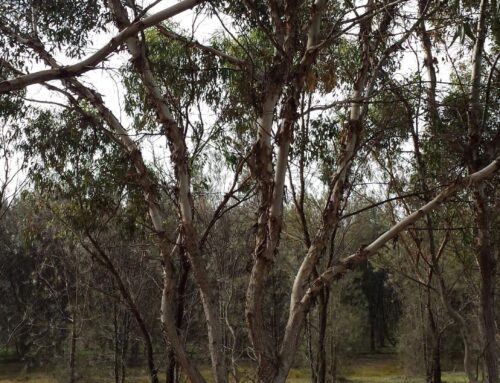
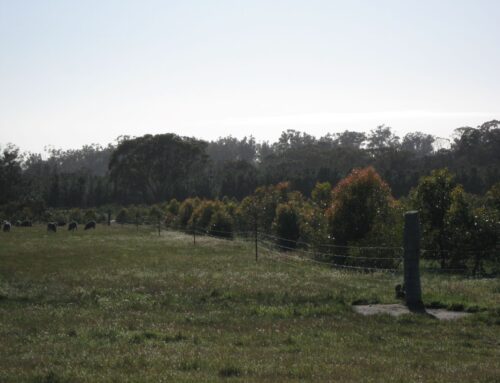
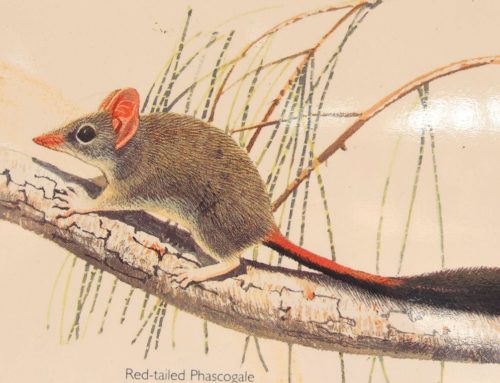
Leave A Comment